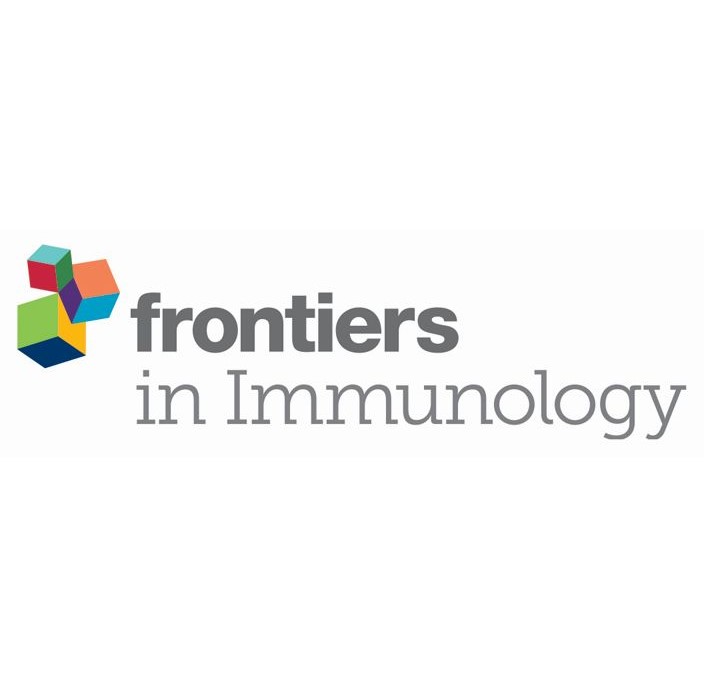
“Exosomes and microvesicles (EMV) are lipid bilayer-enclosed structures, released by cells and involved in intercellular communication through transfer of proteins and genetic material. EMV release is also associated with various pathologies, including cancer, where increased EMV release is amongst other associated with chemo-resistance and active transfer of pro-oncogenic factors.
Recent studies show that EMV-inhibiting agents can sensitize cancer cells to chemotherapeutic agents and reduce cancer growth in vivo.
Cannabidiol (CBD), a phytocannabinoid derived from Cannabis sativa, has anti-inflammatory and anti-oxidant properties, and displays anti-proliferative activity.
Here we report a novel role for CBD as a potent inhibitor of EMV release from three cancer cell lines: prostate cancer (PC3), hepatocellular carcinoma (HEPG2) and breast adenocarcinoma (MDA-MB-231).
CBD significantly reduced exosome release in all three cancer cell lines, and also significantly, albeit more variably, inhibited microvesicle release.
The EMV modulating effects of CBD were found to be dose dependent (1 and 5 μM) and cancer cell type specific. Moreover, we provide evidence that this may be associated with changes in mitochondrial function, including modulation of STAT3 and prohibitin expression, and that CBD can be used to sensitize cancer cells to chemotherapy.
We suggest that the known anti-cancer effects of CBD may partly be due to the regulatory effects on EMV biogenesis, and thus CBD poses as a novel and safe modulator of EMV-mediated pathological events.”
https://www.ncbi.nlm.nih.gov/pubmed/30150937
https://www.frontiersin.org/articles/10.3389/fphar.2018.00889/full




 “Glioblastoma multiforme (GBM) is the most frequent and aggressive form of brain cancer. These features are explained at least in part by the high resistance exhibited by these tumors to current anticancer therapies. Thus, the development of novel therapeutic approaches is urgently needed to improve the survival of the patients suffering this devastating disease.
“Glioblastoma multiforme (GBM) is the most frequent and aggressive form of brain cancer. These features are explained at least in part by the high resistance exhibited by these tumors to current anticancer therapies. Thus, the development of novel therapeutic approaches is urgently needed to improve the survival of the patients suffering this devastating disease.
